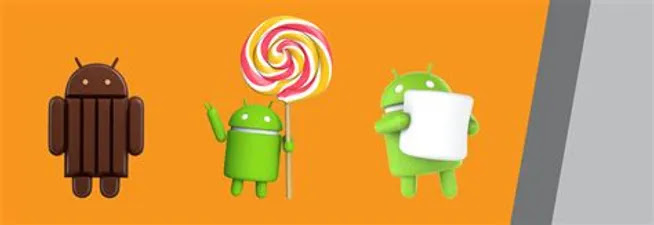"Touchscreens have become an integral part of our daily lives, from smartphones and tablets to laptops and smart home devices. They offer a convenient way to interact with technology, allowing us to tap, swipe, and pinch our way through a wide range of tasks. But how do touchscreens actually work? In this blog post, we'll take a closer look at the different technologies that make touchscreens possible"
1.Capacitive Touchscreens:
The most common type of touchscreen technology is the capacitive
touchscreen.It uses a layer of conductive material, such as indium tin
oxide (ITO), which is applied to the surface of the screen. When a finger
touches the screen, it changes the electrical charge on the surface, which the
touchscreen controller then detects and interprets as a touch. Capacitive
touchscreens are highly responsive and accurate, making them well-suited for
use in smartphones and tablets.
2.Resistive Touchscreens:
Another popular touchscreen technology is the resistive touchscreen. It
works by sandwiching a thin layer of insulating material between two layers
of conductive material. When a finger touches the screen, it causes a change
in electrical resistance, which the touchscreen controller then detects and
interprets as a touch. Resistive touchscreens are less accurate than
capacitive touchscreens, but they are more durable and can be used with a
stylus or even with gloves.
3.Infrared Touchscreens:
Infrared touchscreens use a grid of infrared sensors placed around the edges
of the screen to detect touches. When an object, such as a finger, comes into
contact with the screen, it blocks the infrared light, which the touchscreen
controller then detects and interprets as a touch. Infrared touchscreens offer
high accuracy, but they are generally more expensive and less common than
capacitive or resistive touchscreens.
4.Surface Acoustic Wave:
Surface acoustic wave technology uses ultrasonic waves that pass over the
surface of the screen. When a finger touches the screen, it disrupts the
ultrasonic waves, which the touchscreen controller then detects and
interprets as a touch.
5.Optical Imaging Touchscreens:
This type of touchscreen uses cameras and image processing techniques to
detect touches. It projects light on the surface and then captures the images
of the screen, any changes in the surface are then used to detect a touch.
6.Projected Capacitive Touchscreens (PCT):
PCT is a type of capacitive touchscreen technology that uses a matrix of
electrodes to create a grid on the surface of the screen. When a finger
touches the screen, it disrupts the electrical field of the grid, which the
touchscreen controller then detects and interprets as a touch. PCT
touchscreens are known for their high accuracy, multi-touch capabilities,
and durability.




.jpeg)
.jpeg)











.jpeg)


.webp)


.jpeg)

1 Comments
mast
ReplyDeleteSay your precious word to us.